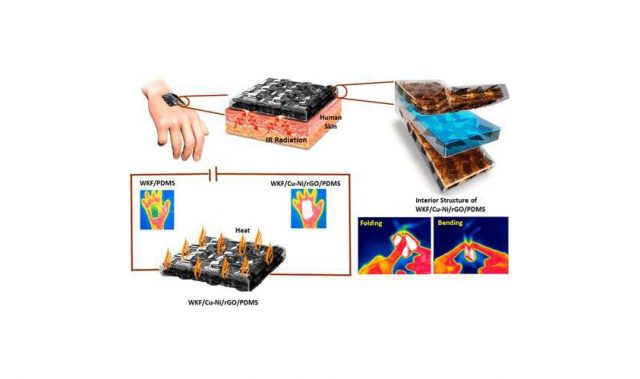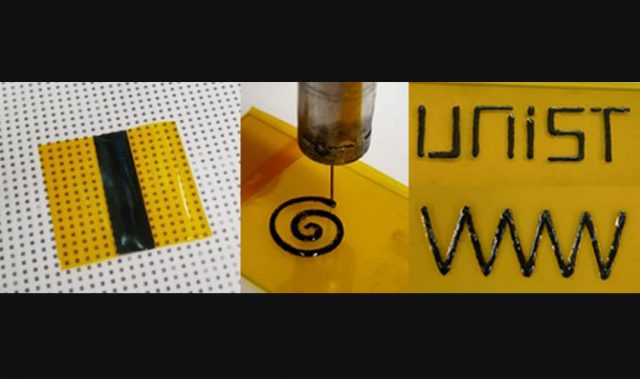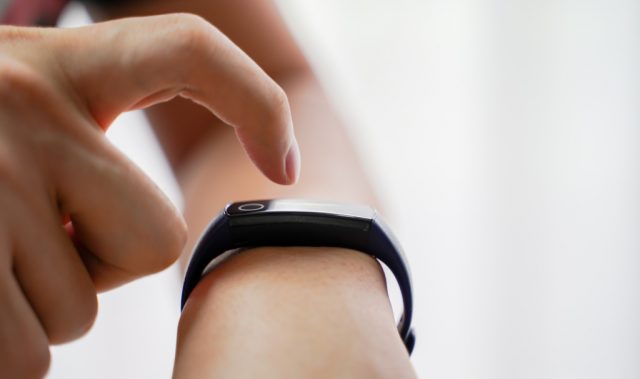
AsianScientist (Dec. 17, 2014) – Scientists have developed a highly sensitive artificial skin that not only senses pressure but also which direction the pressure comes from. The study, published in ACS Nano, could have applications in prosthetics and robotics.
Electronic skins are flexible, film-like devices designed to detect pressure, read brain activity, monitor heart rate or perform other functions. To boost sensitivity to touch, some of them mimic microstructures found in beetles and dragonflies, for example, but none reported so far can sense the direction of stress.
However, information about the direction of stress that can tell our bodies a lot about the shape and texture of an object and how to hold it. A research team led by associate professor Ko Hyunhyub from the Ulsan National Institute of Science and Technology decided to work on an electronic skin based on the structure of our own so it could “feel” in three dimensions.
They designed a wearable artificial skin made out of tiny domes that interlock and deform when poked or even when air is blown across it. It could sense the location, intensity and direction of pokes, air flows and vibrations. The scientists conclude that their advance could potentially be used for prosthetic limbs, robotic skins and rehabilitation devices.
The article can be found at: Park et al. (2014) Tactile-Direction-Sensitive and Stretchable Electronic Skins Based on Human-Skin-Inspired Interlocked Microstructures.
——-
Source: American Chemical Society.
Disclaimer: This article does not necessarily reflect the views of AsianScientist or its staff.












